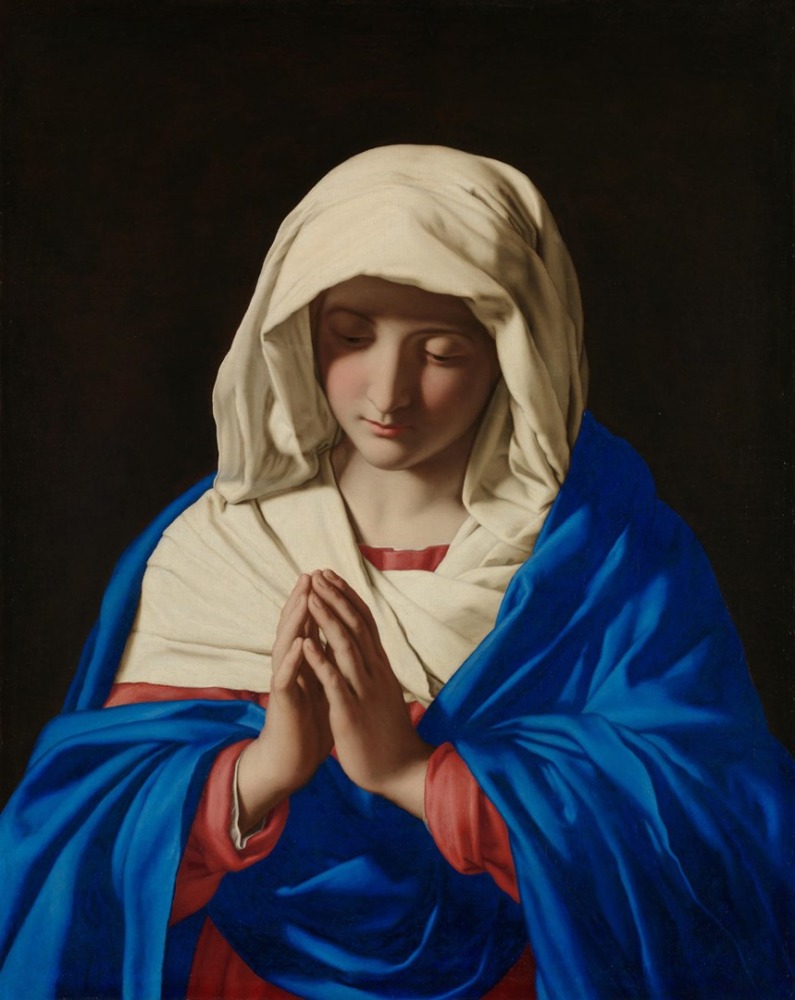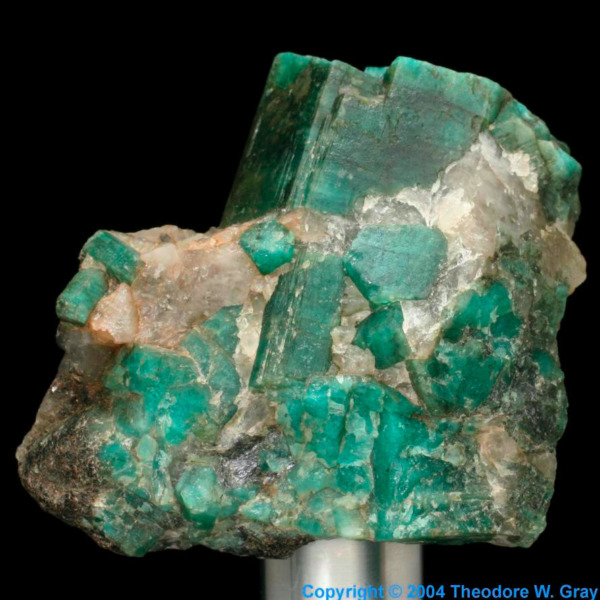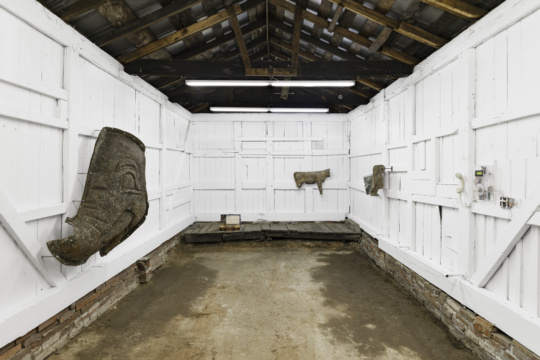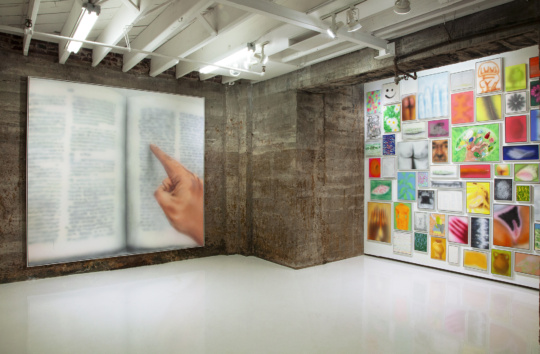
We often take color for granted today, as we are bombarded by an endless stream of visual culture making use of it in the form of art, fashion, and advertisement. Not too long ago, color was not only a rare commodity, but also a signifier of wealth, nobility, and religious symbolism. The history of paint can be quite an interesting subject, as I hope to have shown in part one of this article. The curiosity continues, with a blue so expensive that Renaissance patrons demanded works be painted with it to showcase their wealth, and a rich purple derived from the collected mucus of sea snails. Another blue was deemed so valuable that sea battles were fought to protect its trade. Finally, we have a green so toxic that it was not only used as paint, but also repackaged and used as rat poison in the sewers of Paris.
Ultramarine Blue

The name ultramarine is from Latin meaning “beyond the sea,” referring to the distance one had to travel in order to obtain it. Ultramarine blue is an expensive pigment sourced from lapis lazuli, a semiprecious stone mined in Afghanistan. In Renaissance times wealthy patrons would commission works using ultramarine blue as a status symbol (stipulating its use in their contracts), as the pigment was worth its weight in gold. Its brilliance was just as desired by painters. The 15th century artist Cennino Cennini wrote in his handbook for painters, “Ultramarine blue is a color illustrious, beautiful, the most perfect, beyond all other colors; one could not say anything about it, or do anything with it, that its quality would not still surpass.” Synthesized in 1826, ultramarine blue went from being one of the most expensive pigments produced to now being one of the cheapest. Real ultramarine blue is still manufactured, but remains extremely cost prohibitive. During the darkest days in the recent wars in Afghanistan, a tiny tube of paint could cost up to $500.
Tyrian Purple

Tyrian purple (also known as imperial purple) has a beautiful, reddish purple tint to it. This color was also expensive to produce, as it was derived from the collected mucus of the Muricidae family of predatory sea snails. Discovered by the Phoenicians in as early as 1570 BCE, this pigment was used almost exclusively by royalty because of its cost. It was reported to be worth its weight in silver. In fact, in some places, sumptuary laws were put into place restricting its use to those of “noble birth.” In Byzantium, where such sumptuary laws were practiced, a child born of a reigning Emperor was said to be “born into the purple.” Byzantine production of tyrian purple came to abrupt stop after the fall of Constantinople in 1204 during the Fourth Crusade. Soon the color fell out of favor (replaced by vermilion and crimson) as no one in the West could gather the financial resources to restart production. Incidentally, Tyrian purple was also produced in Pre-Columbian Mexico where it was valued more than gold. Here, too, the color was used as a signifier of “noble birth” for all of its royal implications. Cloth dyed in Tyrian purple tended to retain its fishy odor. So pervasive was the stench that the Talmud actually grants women the right to divorce their husband if they became a dyer after marrying.
Woad Blue

The use of woad as a dye dates back to ancient Egyptians, who used it to color the cloth wrappings of mummies. This blue is derived from a flowering plant of the same name. The tradition of using woad as body paint and tattoo ink dates back to ancient Britain, to the Northern Picts (from the Latin picti, meaning “painted ones”), who were recorded by Julius Caesar as having extensively tattooed bodies, covered in designs applied with blue woad paint. Woad would come in direct competition with indigo, a plant native to India and later cultivated on the New World plantations, and logwood, a dye derived from a South American tree, exported by Spain to Europe. In England laws were passed preventing the importation of both indigo and logwood in order to protect the local woad industry. Sea battles were even fought with Spain over the trade. The ban was lifted in 1661 when it became clear that indigo and logwood were superior pigments, producing stronger dyes with more permanence. The woad industry slowly died out, with the last large scale commercial harvest happening in 1932.
Emerald Green

Green pigment (along with blue) has always been the rarest and hardest to produce of the pigment colors, a bit ironic when you consider we live on planet dominated by the colors green and blue. One of the most beautiful green pigments to have ever been produced is emerald green (also known as scheele’s green), although it is one of the most poisonous. In fact, its so poisonous that it was also sold under the trade name paris green, as an insecticide used to kill rats in the Parisian sewer system. Emerald green was also popular as a wallpaper color, but as it would degrade with moisture and molds it became arsine, a poisonous gas related to arsenic. Many people ended up dying from the prolonged exposure. Emerald green was also used in wax candles, textiles, and children’s toys. Aside from being toxic and exuding toxic gas, emerald green was also highly carcinogenic. It is impossible to figure how many people may have died as a result of the use of emerald green pigment, but we have evidence it may have contributed to the death of Napoleon, who surrounded himself with the color (his favorite) in the damp climate of his exile home on St. Helena. Analysis of hair samples taken after his death reveal a significant amount of arsenic in his body. Thankfully today there is a safer, synthetic version of this color available.
Christopher Hall is an Atlanta-based artist and writer. His website and blog can be found at christopherhallart.com and theoriginalkingofpainting.com, respectively. Currently he is making weird portraits of 20th-century dictators.




